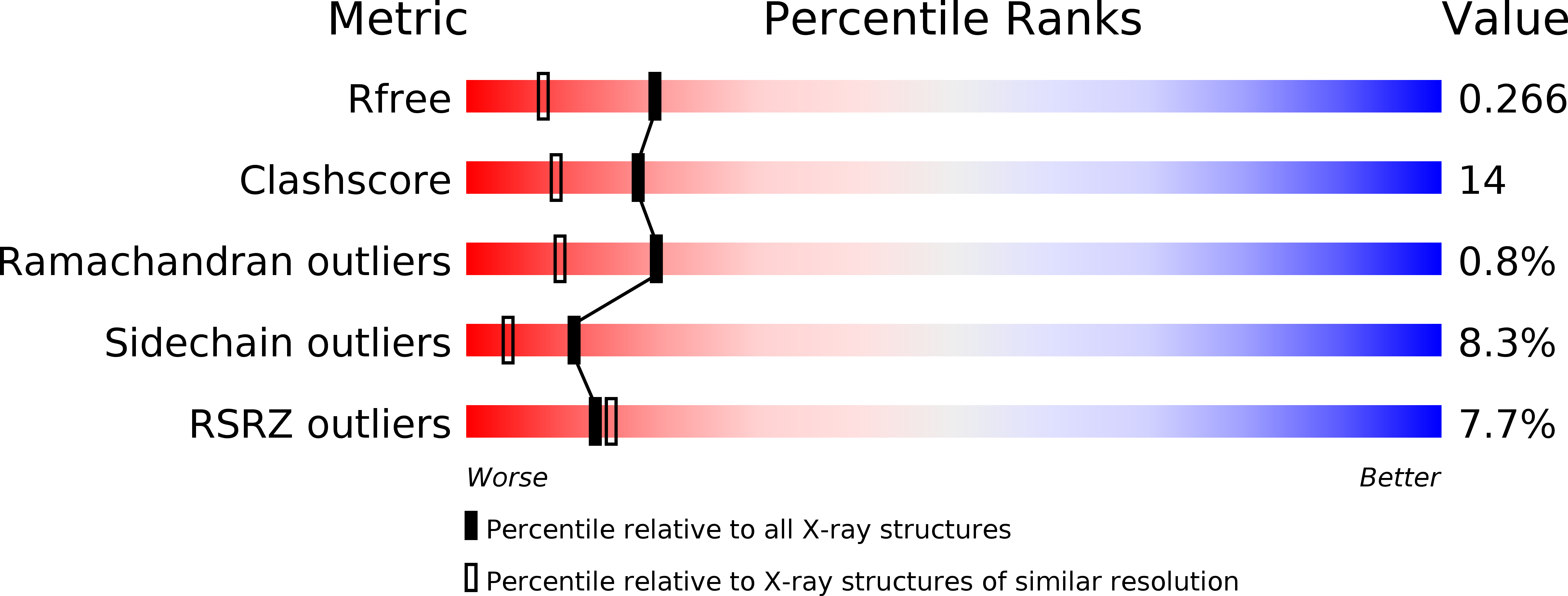
Deposition Date
2010-06-10
Release Date
2011-01-05
Last Version Date
2024-11-27
Entry Detail
Biological Source:
Source Organism:
Corynebacterium ammoniagenes (Taxon ID: 1697)
Host Organism:
Method Details:
Experimental Method:
Resolution:
1.89 Å
R-Value Free:
0.25
R-Value Work:
0.21
R-Value Observed:
0.21
Space Group:
P 1


